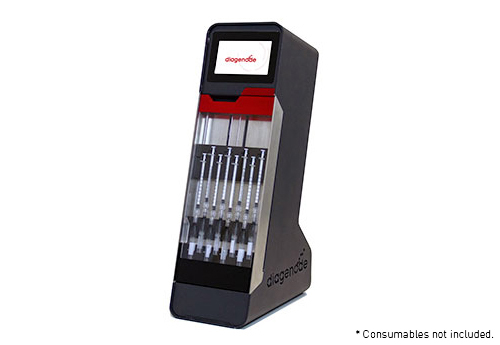Breakpoint mapping of a t(9;22;12) chronic myeloid leukaemia patient withe14a3 BCR-ABL1 transcript using Nanopore sequencing.
Zhao, Hu and Chen, Yuan and Shen, Chanjuan and Li, Lingshu and Li, Qingzhaoand Tan, Kui and Huang, Huang and Hu, Guoyu
BACKGROUND: The genetic changes in chronic myeloid leukaemia (CML) have been well established, although challenges persist in cases with rare fusion transcripts or complex variant translocations. Here, we present a CML patient with e14a3 BCR-ABL1 transcript and t(9;22;12) variant Philadelphia (Ph) chromosome. METHODS: Cytogenetic analysis and fluorescence in situ hybridization (FISH) was performed to identify the chromosomal aberrations and gene fusions. Rare fusion transcript was verified by a reverse transcription-polymerase chain reaction (RT-PCR). Breakpoints were characterized and validated using Oxford Nanopore Technologies (ONT) (Oxford, UK) and Sanger sequencing, respectively. RESULTS: The karyotype showed the translocation t(9;22;12)(q34;q11.2;q24) [20] and FISH indicated 40\% positive BCR-ABL1 fusion signals. The RT-PCR suggested e14a3 type fusion transcript. The ONT sequencing analysis identified specific positions of translocation breakpoints: chr22:23633040-chr9:133729579, chr12:121567595-chr22:24701405, which were confirmed using Sanger sequencing. The patient achieved molecular remission 3 months after imatinib therapy. CONCLUSIONS: The present study indicates Nanopore sequencing as a valid strategy, which can characterize breakpoints precisely in special clinical cases with atypical structural variations. CML patients with e14a3 transcripts may have good clinical course in the tyrosine kinase inhibitor era, as reviewed here.

